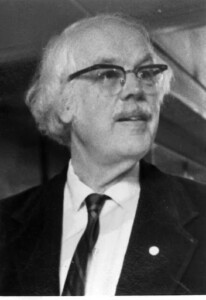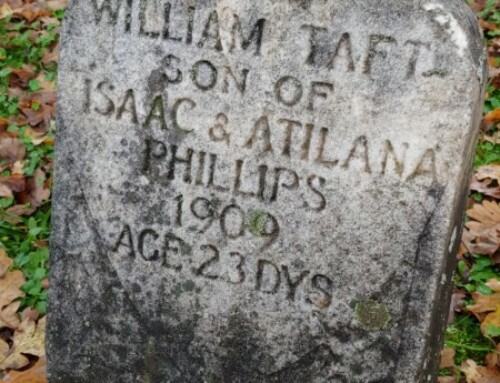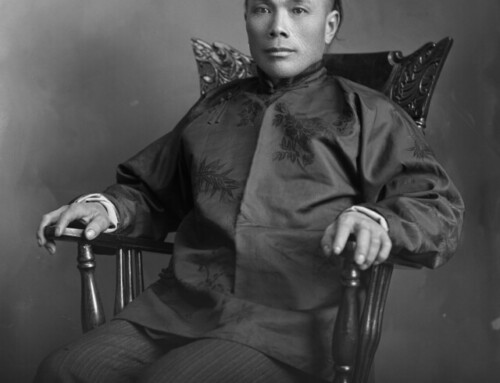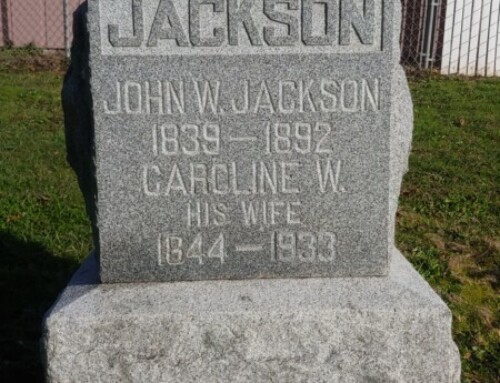David Duniway
On September 19, 1993, a memorial service for David Duniway was held at Deepwood Estate, the outstanding Queen Anne style house built for Dr. Luke Port in 1894 and enhanced by gardens of later date. The following profile contains remarks made on that occasion:
“In remembering David,”‘ his friend, Elisabeth Walton Potter, said, “it is impossible not to think first of his cordial and generous nature. He seemed to enter into the matters he undertook joyfully, so great was his desire to learn and lead others to discovery. Never grudging of his time to those who sought his counsel, he was a genuine authority. What an example he was for men and women in public service!“
As the son of a distinguished educator and the grandson of a leader in the suffrage movement, (Abigail Scott Duniway) David so well fulfilled his family heritage. It is generally known that he was educated at Carleton College in Minnesota. He gained his Master’s degree in History and was certified in Library Science at the University of California at Berkeley. Thereafter, he entered professional life at the National Archives in 1937. He rose quickly in his branch of the federal government, participating in events looked on today as benchmarks in the developing field of state and local history. He was a founding officer, at the age of twenty-eight, of the American Association for State and Local History, organized in 1940, and was a founder member of the national Trust for Historic Preservation, which was chartered by Congress of 1947.
“David was recruited from a National Archives field supervisory position in San Francisco to head the newly created Archives Division within the Oregon State Library. He was a great repository of facts concerning the capital city. The figures of early Salem and Oregon history were his familiars. He knew them from their papers, journals, published writings, and the documents they signed. Who better to write the entry about “Salem” for the 1964 edition of the Encyclopedia Britannica?
Duniway’s leadership skills and local historical knowledge led to the founding of many of the Salem institutions we now enjoy. In 1948, after being in Salem for only two years, the thirty-six year old state archivist served as president of the Salem Art Association and helped lay the ground work to bring the Bush House, Salem’s first historic house museum, into the public domain. He was also responsible for placing many of Salem’s old buildings on the National Register of Historic Places. He helped found both the Marion County Historical Society, of which he was the first president in 1950, and the Mission Mill Museum Association which he served as the first director in 1964. He was a life member in the Bibliographical Society of American and many other historical organizations.
Duniway was a charter member of the Unitarian-Universalist Congregation of Salem. As his friend Barbara Hanneman said at Deepwood: “David’s impressive knowledge and love of history and of his Unitarian heritage were a rich resource for us. We did not have a minister in those early years and he could always be counted on for a thoughtful sermon on short notice. He taught in the church school, served on various committees, and as President
.”David Duniway and his wife Frannie were both active in the preservation of Deepwood estate in the 1970s. It is in keeping with their love of historical places and gardens that they restored the historic McCully-McMahan House which became home for them and their two daughters, Malissa and Sancha.
It is impossible to overestimate the contributions David Duniway made in creating an awareness of the qualities that historic preservation brings to a community. Much of the charm and beauty of Salem, its atmosphere of respect for its past, are his gift to us.
Bibliography:
Biographical information has been taken from a publication on the occasion of the memorial for David Duniway at Deepwood, 1993.
This article originally appeared on the original Salem Online History site and has not been updated since 2006.









Leave A Comment